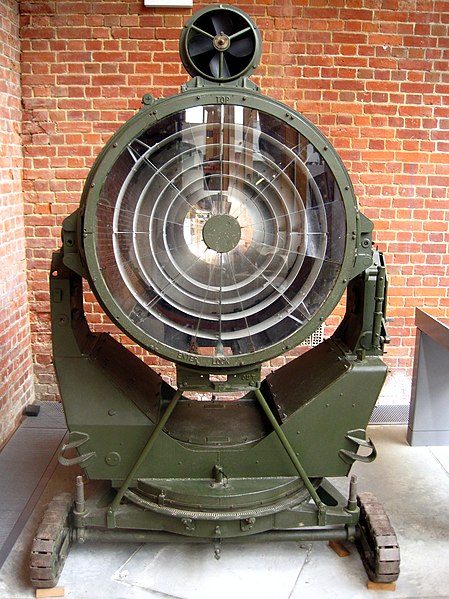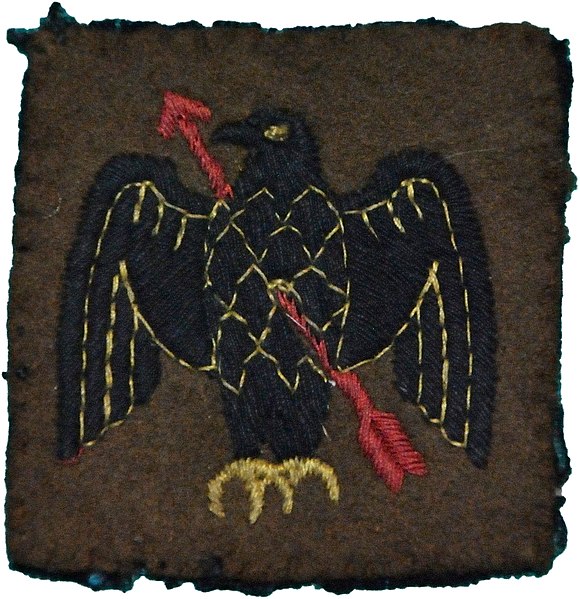143rd Infantry Brigade (United Kingdom)
The 143rd Infantry Brigade was an infantry brigade of the British Army that saw active service in both the First and the Second World Wars. In the First World War the brigade served on both Western Front and later the Italian Front. During the Second World War the brigade fought in Belgium and France before being evacuated to England where it remained for the rest of the war and was finally disbanded in 1946. Raised again in the 1980s, this brigade disbanded under Army 2020 in November 2014.
Insignia of the 143rd Brigade
Second Lieutenant Frederick Wigan Jones of the 1/8th Battalion, Royal Warwickshire Regiment. Jones received his commission in November 1915 and was promoted to lieutenant in October 1916. He was seriously wounded in November 1916 whilst assisting a soldier who had lost his unit. He died from his wounds, aged 24, on 28 December 1916. He is buried at Yardley Cemetery, Birmingham.
Men of 14 Platoon, 'C' Company, 1/7th Battalion, Royal Warwickshire Regiment in a forward trench named '10 Downing Street' in Flines Woods near Orchies, France, 8 February 1940.
The Birmingham Rifles was a volunteer unit of the British Army founded in Birmingham in 1859. As the 5th Battalion, Royal Warwickshire Regiment, it served as infantry on the Western Front and in Italy during World War I. Its successor units served in air defence during the early part of World War II, and later as anti-tank gunners in the Burma Campaign.
Thorp Street drill hall, now a car park
90 cm 'Projector Anti-Aircraft', displayed at Fort Nelson, Portsmouth
11th AA Divisional sign
A Bofors gun featuring the 'Stiffkey Sight'.







